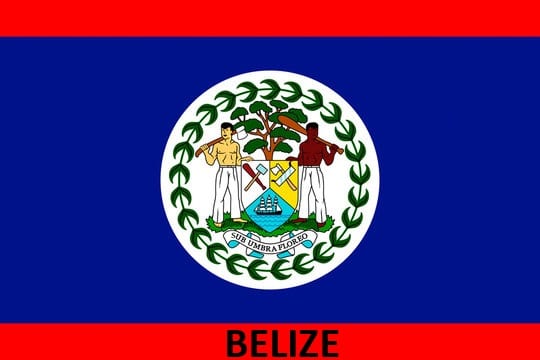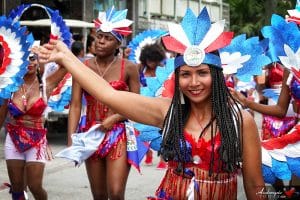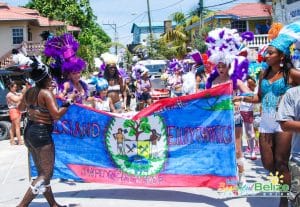Headlines
Belize: A Country with a Thousand Years of History and Diversity

Belize is a country located on the northeast coast of Central America. It has a rich and diverse history that dates back thousands of years. Here are some key points about the history of Belize and how it was founded:
The Maya civilization spread into the area of Belize between 1500 BC to 1200 BC and flourished until about 1000 AD. They built many impressive cities and monuments, such as Caracol, Lamanai, and Xunantunich.
See population, official language and more…

Belize

Belize
The first European contact with Belize was in 1502, when Christopher Columbus sailed along its coast. The Spanish claimed the territory but did not colonize it due to resistance from the Maya and the lack of gold and silver.
The first permanent British settlement in Belize was founded in the late 1710s on Cayo Cosina, following the destruction by the Spanish of earlier British logging settlements in the Laguna de Términos region west of the Yucatán.
The name Belize is traditionally believed to have been derived from the Spanish pronunciation of the last name of Peter Wallace, a Scottish buccaneer who may have begun a settlement at the mouth of the Belize River about 1638.
In the late 18th and early 19th centuries, Belize became a haven for African slaves who escaped from plantations in neighboring countries. They formed communities known as Maroons or Garifuna and contributed to the cultural diversity of Belize.
In 1862, Britain declared Belize a crown colony under the name British Honduras. It remained under British control until 1981, when it gained its independence and adopted its current name.
Today, Belize is a parliamentary democracy with a constitutional monarchy. It has a population of about 390,000 people, who speak English, Spanish, Creole, Maya, Garifuna, and other languages.
The Maya civilization that inhabited Belize had a complex social and political organization, as well as remarkable achievements in astronomy, mathematics, art, and architecture. They built pyramids, temples, palaces, ball courts, and stelae that can still be seen today.
The Spanish attempted to conquer Belize several times in the 16th and 17th centuries, but they faced fierce resistance from the Maya and the British settlers. The British used Belize as a base for logging mahogany and other valuable woods, as well as for smuggling and piracy.
The British and the Spanish signed several treaties to define the boundaries of Belize, but they were often ignored or disputed by both sides. The most important treaty was the Treaty of Paris in 1783, which gave Britain the right to cut logwood in Belize.
In the 19th century, Belize became a destination for immigrants from various regions and backgrounds, such as Mestizos from Mexico, Maya from Guatemala, Garifuna from Honduras, Mennonites from Europe, and Chinese and East Indians from Asia. They all contributed to the cultural diversity and identity of Belize.
In the 20th century, Belize faced several challenges and opportunities, such as the Great Depression, World War II, hurricanes, social movements, economic development, and political reforms. The most significant event was the independence movement that began in the 1950s and culminated in 1981, when Belize became a sovereign nation after decades of negotiations with Britain and Guatemala.
In the 21st century, Belize continues to face issues such as poverty, crime, corruption, environmental degradation, territorial disputes, and regional integration. However, it also enjoys a stable democracy, a vibrant civil society, a diverse tourism industry, and a rich natural and cultural heritage.





